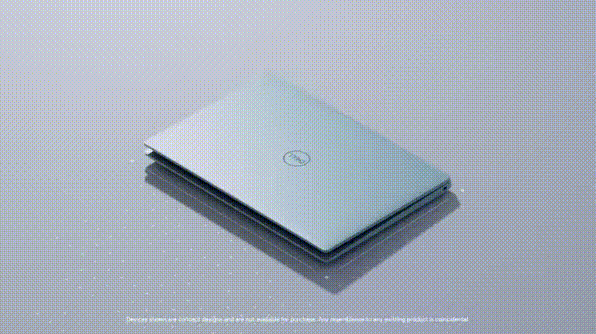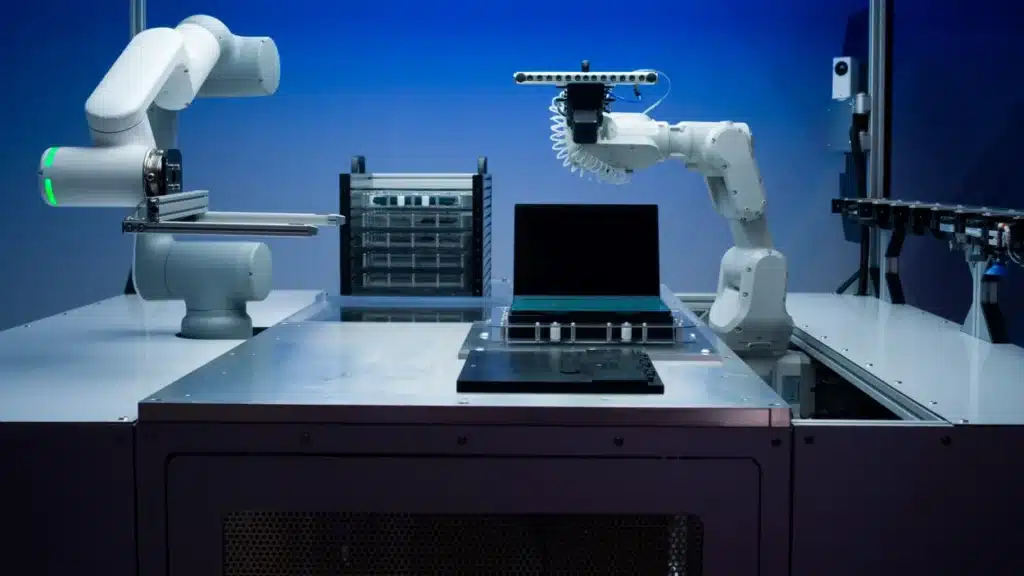Laptops: and who ever takes them apart? If there was one nice thing about the old "boxes" that serve as our desktop computers, it is the fact that they can be opened easily. Today, if you want to disassemble a laptop you need a treasure map to find all the little screws that hold the device together and start unscrewing them. Not to mention cables and cables, or connections. It's literally crazy.
This prototype created by Dell and called Concept Luna promises to make everything easier. Just insert a key into the side of the laptop (a bit like you do in a smartphone to insert a SIM) and bring out a bar at the top of the keyboard. Then, like a puzzle, you can take out the entire keyboard, speakers, battery and fan. The LCD screen can also be removed easily, leaving the aluminum shell empty.
When Trevor Morrison, an engineer and systems architect at Dell, demonstrated the process, it only took about 45 seconds—no other tools needed, and there are no screws, wires, or glue to remove. Simple, fast and effortless!

Long live circular laptops
Imagine a world where electronic waste no longer exists, and thePlanned obsolescence it's just a memory. A future in which the components of a device are reused until they reach the end of their life cycle and then destined for new devices. In a post two days ago on his blog, Dell announced the ambitious goal of reusing or recycling an equivalent product by 2030 for every product purchased by a customer. And to show what he has in mind, he presented the laptop prototype you see in this post. Concept Luna could be the leader of new generation laptops, finally equipped with electronics that we can recycle in a sustainable way.
And it would be now too: in 2021, the world has disposed of 57,4 million tons of electronic waste. A weight that exceeds the estimated weight of the Great Wall of China. This waste not only takes up physical space, but also means that valuable resources, such as gold and copper, are not recycled and require more extraction of new materials, and more pollution.
Not just assemble & disassemble
However, Dell didn't just stop at quickly disassembling its devices. It is clear that it is not necessary to simply develop a product, but it is necessary to completely change the approach. For this reason, in addition to a laptop prototype, the American company also presented a "microfactory" prototype in which a robot performs the same steps to disassemble the device and scans each component to assess its state of health. Thanks to the use of intelligent telemetry, which automatically measures and transmits data on the performance of different products, the microfactory can examine the laptop keyboard, for example, for any cosmetic problems while removing components.
In essence: this laptop (which is not a product that will end up on the market, but will inspire all future products of the company) is based on a new approach to design. Not just aesthetic design, not just design for performance. Now we will also design a design for recycling and disassembly.

From a few minutes to a few seconds
Concept Luna isn't set to hit the market, but it represents an opportunity for Dell to experiment with new sustainability ideas and implement its features into products as soon as they're ready. A sort of "gym" for building easily replaceable and recyclable products, even if they wear out at different speeds (this is in its second edition, moreover. The first, last year, it disassembled in a few minutes. Today it can be disassembled in a few seconds: a record broken). You may need to replace your motherboard more often, while speakers, which are made from rare earth magnets, often last longer. In practice, Dell would like to do the opposite of what companies have done until yesterday.
The company is also working on sourcing sustainable materials for its products, such as ocean-bound plastic, bio-based castor bean rubber, and recyclable packaging made from 100% recycled or renewable materials. Greenwashing? We will only find out by living. One thing is certain: Concept Luna shows the importance of focusing on both innovation and the implementation of sustainable changes.


